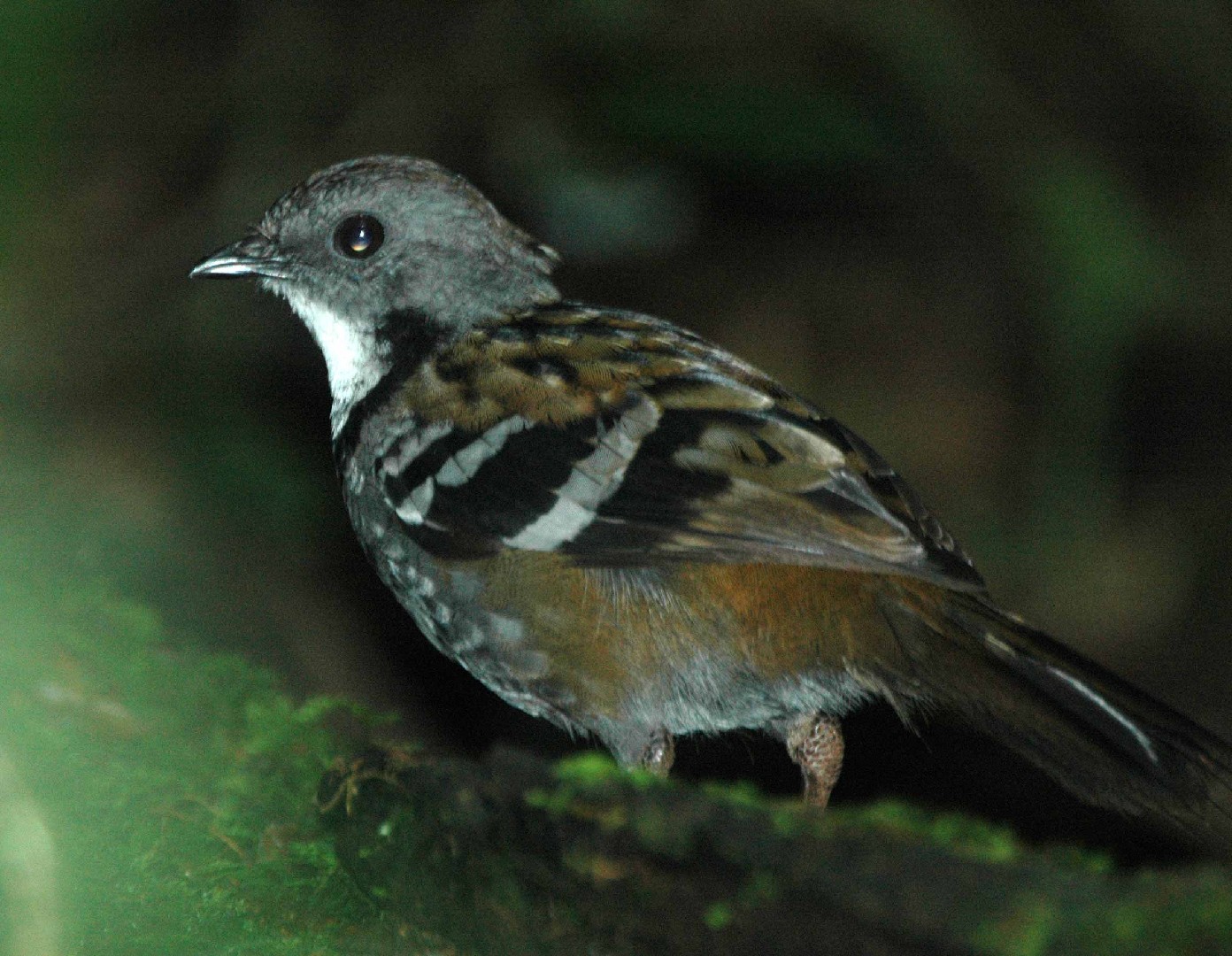Australian Logrunner
A species of Logrunners Scientific name : Orthonyx temminckii Genus : Logrunners
Australian Logrunner, A species of Logrunners
Botanical name: Orthonyx temminckii
Genus: Logrunners
Content
Description General Info
 Photo By Aviceda , used under CC-BY-SA-3.0 /Cropped and compressed from original
Photo By Aviceda , used under CC-BY-SA-3.0 /Cropped and compressed from original Description
Logrunners as a group are characterised within their group by their distinctive tail feathers where the rachis (or central shafts) of the tail feathers protrude and are stiffened. The broad tail of the bird is less than four inches (10 cm) in length and the strong protruding rachis at the ends of the tail feathers are almost void of the usual barbs, giving the feather the appearance of spines. This appearance gives rise to some of the common names for the bird such as spine-tail or spine-tailed logrunner. There appears to be some debate about the number of tail feathers possessed by the Australian logrunner. For example, some references state that the logrunner only has 10 tail feathers whilst other references describe the bird as having 12 tail feathers. Most birds are described as having 12 tail feathers but there are notable exceptions to this. The logrunner is not unique in having atypical tail feather structures. Other birds, such as the Greater Melampitta (Melampitta gigantea), also have spiny and stiffened tail feathers, but not to the same extent as the logrunner. Birds such as creepers, woodpeckers, swifts and penguins are also known to use their modified tail feathers as braces and supports. The logrunner's head and back are a reddish-brown colour; the wings are mainly black; and the tail is dark brown. The wing-coverts are tipped with grey and the eyebrow and ear-coverts grey. The throat, breast and abdomen feathers are white. In the female, the throat is an orange-rufous colour. The male is also larger than the female. 
Size
21 cm
Nest Placement
Ground
Feeding Habits
Australian Logrunner's primary diet consists of insects and invertebrates, obtained through a unique foraging behavior involving shuffling leaf litter on the forest floor. This bird has specialized feeding techniques tailored to its habitat.
Habitat
Australian Logrunner primarily inhabits dense, leaf-littered floors of subtropical and temperate rainforests, thriving amidst the scattered logs, forest debris, undergrowth ferns, and twisting vines. The species is also adapted to the forest fringes, including areas where vegetation has been altered by introduced species like Lantana and blackberry. These habitats span broad geographical regions featuring wet sclerophyll forests and areas with thick underbrush conducive to their foraging practices.
Dite type
Insectivorous
General Info
Feeding Habits
Bird food type
Behavior
The most characteristic behaviour of the logrunner is its foraging technique that involves the bird propping against its spiny tail and then scrapping or throwing leaf debris aside with its feet. Once the larger debris is removed, logrunners then use their tail as a brace and scratch the exposed soil looking for food. This scratching leaves “soup-plate” depressions in the debris that are about 150 mm in diameter. The sideways sweeping action of the legs whilst foraging is unique to logrunners and is possible due to the distinctive structure of the logrunner's pelvis and hind legs. For example, the pelvis is short and broad and the femur is stout with strongly developed projections that support the attachment of the strong muscles needed to support its foraging technique. Logrunners are described as noisy birds with performances of loud songs and calls, especially in the mornings. These songs and calls are believed to play either a territorial or sexual function. 
Distribution Area
The Australian logrunner is found in South Eastern Australia from the Illawarra district in NSW to the Bunya Mountains in Queensland. Its preferred habitat is characterised by the leafy floor of rainforests, rich with scattered logs, forest debris, ferns, vines and saplings. 
Species Status
Not globally threatened.
Scientific Classification
Phylum
Chordates Class
Birds Order
Perching birds Family
Logrunners Genus
Logrunners Species
Australian Logrunner